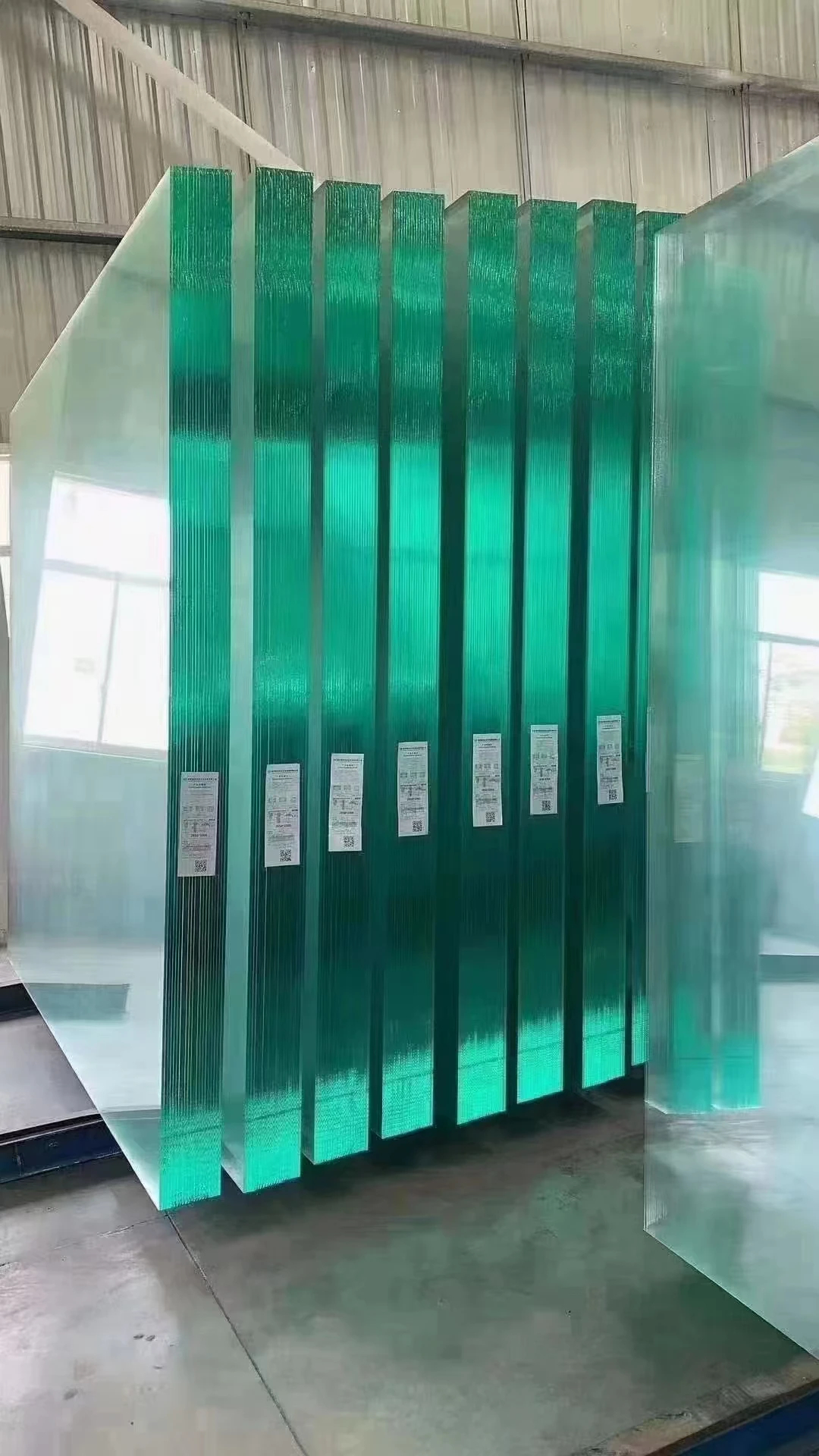The Role of Acid in Glass Production and Decoration
The fascinating world of glass production is a blend of artistry and science, and one of the essential components in the glassmaking process is acid. While glass itself is primarily composed of silica sand, soda ash, and limestone, various acids play a crucial role in both enhancing the properties of the glass and in the decorative techniques employed in the glass arts.
Understanding the Chemistry of Glass
To appreciate the role of acid in glass, it's important to first understand what glass is. Glass is an amorphous solid, meaning it lacks a long-range order in its molecular structure. The basic chemical structure of glass consists of silicon dioxide (SiO2) but is often modified with various additives, including sodium carbonate (Na2CO3) and calcium carbonate (CaCO3) to lower the melting point and improve workability.
Acids, particularly hydrofluoric acid (HF), are employed in certain glass etching and frosting techniques. Hydrofluoric acid is unique in its ability to react with silica, breaking down the silicon-oxygen bonds that give glass its rigidity. When glass is treated with HF, it can create intricate patterns or frosted finishes, which not only enhance the aesthetic appeal but also alter the light transmission properties of the glass. This chemical etching allows artists and manufacturers to create unique designs that would be impossible to achieve through mechanical means alone.
Acid's Role in Glass Etching and Decoration
In addition to hydrofluoric acid, other acids are utilized in the glass industry for various purposes. For example, sulfuric acid (H2SO4) may be used in the preparation of glass surfaces for chemical bonding or for cleaning purposes. Acids can also play a role in modifying the physical properties of glass, such as improving its durability and resistance to thermal shock through selective ion exchange processes.
acid for glass
Glass artists often utilize acid in decorative techniques such as acid etching, where glass is submerged in an acid solution, allowing for controlled etching of the surface. This process can create stunning visual effects like gradients and textures, giving the glass a more dynamic and intricate appearance. The ability to manipulate glass through acid etching not only expands the creative possibilities for artists but also enhances the functional aspects of glass items, such as improving grip or diffusing light.
Environmental Considerations
While the role of acids in glass production and decoration is invaluable, it is essential to approach their use with precaution due to the potential hazards involved. Many acids are corrosive and can pose health risks to workers in the industry. Therefore, safety measures, including the use of protective gear and proper ventilation, are critical in any setting where acids are used.
Additionally, the glass industry is increasingly focusing on sustainability and reducing environmental impact. This includes exploring alternative methods of etching and decoration that might minimize or eliminate acid usage. Techniques such as laser engraving and sandblasting are gaining popularity as they often provide similar effects without the need for harsh chemicals.
Conclusion
In conclusion, acids play a significant role in the glass industry, particularly concerning the production and decoration of glass. They facilitate various processes that enhance both the aesthetic and functional properties of glass, making it a versatile material for artists and manufacturers alike. However, with the increasing emphasis on safety and sustainability, the industry is continuously evolving, exploring new technologies and methods that respect both health concerns and environmental impact. As the boundaries of glass art continue to expand, the relationship between acid and glass remains an essential and influential aspect of this vibrant field.
 Afrikaans
Afrikaans  Albanian
Albanian  Amharic
Amharic  Arabic
Arabic  Armenian
Armenian  Azerbaijani
Azerbaijani  Basque
Basque  Belarusian
Belarusian  Bengali
Bengali  Bosnian
Bosnian  Bulgarian
Bulgarian  Catalan
Catalan  Cebuano
Cebuano  Corsican
Corsican  Croatian
Croatian  Czech
Czech  Danish
Danish  Dutch
Dutch  English
English  Esperanto
Esperanto  Estonian
Estonian  Finnish
Finnish  French
French  Frisian
Frisian  Galician
Galician  Georgian
Georgian  German
German  Greek
Greek  Gujarati
Gujarati  Haitian Creole
Haitian Creole  hausa
hausa  hawaiian
hawaiian  Hebrew
Hebrew  Hindi
Hindi  Miao
Miao  Hungarian
Hungarian  Icelandic
Icelandic  igbo
igbo  Indonesian
Indonesian  irish
irish  Italian
Italian  Japanese
Japanese  Javanese
Javanese  Kannada
Kannada  kazakh
kazakh  Khmer
Khmer  Rwandese
Rwandese  Korean
Korean  Kurdish
Kurdish  Kyrgyz
Kyrgyz  Lao
Lao  Latin
Latin  Latvian
Latvian  Lithuanian
Lithuanian  Luxembourgish
Luxembourgish  Macedonian
Macedonian  Malgashi
Malgashi  Malay
Malay  Malayalam
Malayalam  Maltese
Maltese  Maori
Maori  Marathi
Marathi  Mongolian
Mongolian  Myanmar
Myanmar  Nepali
Nepali  Norwegian
Norwegian  Norwegian
Norwegian  Occitan
Occitan  Pashto
Pashto  Persian
Persian  Polish
Polish  Portuguese
Portuguese  Punjabi
Punjabi  Romanian
Romanian  Russian
Russian  Samoan
Samoan  Scottish Gaelic
Scottish Gaelic  Serbian
Serbian  Sesotho
Sesotho  Shona
Shona  Sindhi
Sindhi  Sinhala
Sinhala  Slovak
Slovak  Slovenian
Slovenian  Somali
Somali  Spanish
Spanish  Sundanese
Sundanese  Swahili
Swahili  Swedish
Swedish  Tagalog
Tagalog  Tajik
Tajik  Tamil
Tamil  Tatar
Tatar  Telugu
Telugu  Thai
Thai  Turkish
Turkish  Turkmen
Turkmen  Ukrainian
Ukrainian  Urdu
Urdu  Uighur
Uighur  Uzbek
Uzbek  Vietnamese
Vietnamese  Welsh
Welsh  Bantu
Bantu  Yiddish
Yiddish  Yoruba
Yoruba  Zulu
Zulu 

